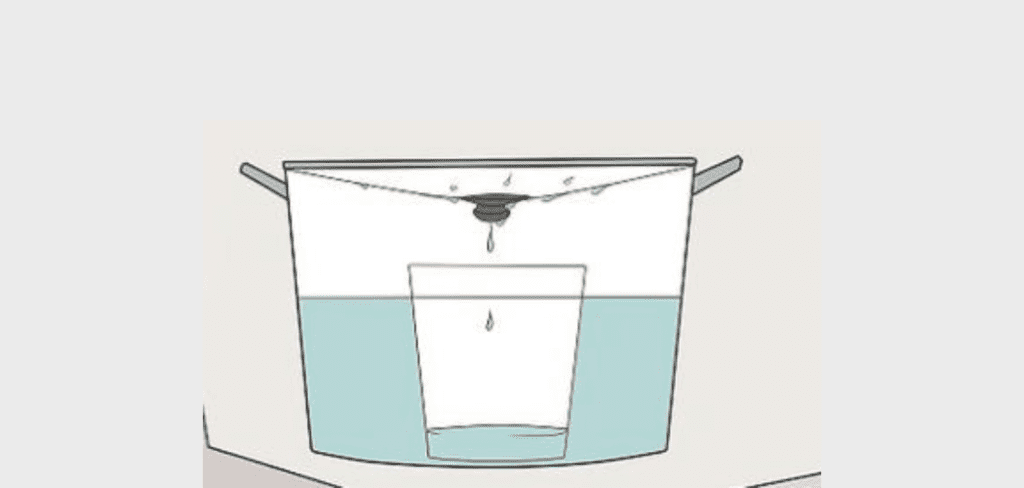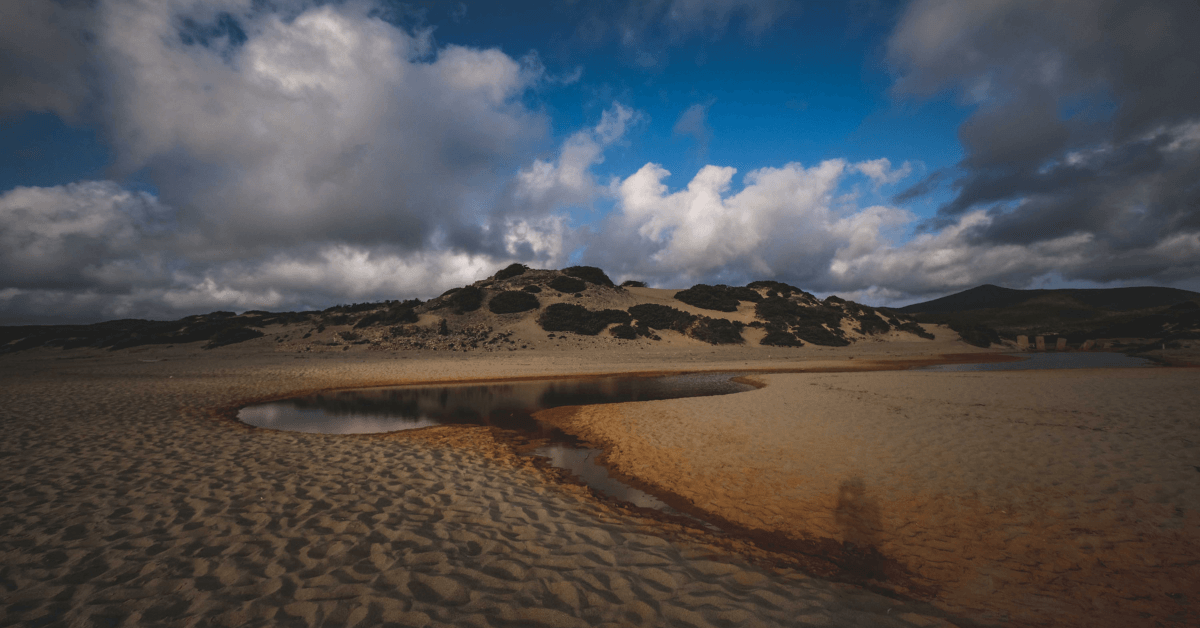The Sahara Desert is one of the hottest and driest regions on earth, spanning over 3.6 million square miles across North Africa. As a result, finding water in the Sahara desert can be an arduous and life-threatening task. However, for those seeking adventure and excitement in this harsh landscape, knowing how to find and obtain water is essential for survival.
With that in mind, in this post, we’ll explore the different techniques for finding and obtaining water in the Sahara desert. From collecting dew and rainwater to digging wells and using solar stills, we’ll cover the essential skills needed to ensure your survival in this extreme environment.
So, if you’re planning an expedition to the Sahara or just want to be prepared for any situation, keep reading to discover how to get water in the Sahara desert!
Step 1: Know your environment
Before embarking on any expedition in the Sahara desert, it’s essential to understand the environment you’ll be facing. The Sahara is the largest hot desert in the world, spanning over 3.6 million square miles across North Africa.
It’s known for its extreme temperatures, with some areas experiencing highs of up to 122 degrees Fahrenheit during the day and lows of 32 degrees Fahrenheit at night.
The Sahara is also one of the driest regions on Earth, with some areas receiving less than an inch of rain per year. Water sources in the Sahara are scarce, but they do exist, and it’s crucial to know where to find them. Some of the most common water sources in the Sahara include oases and dry riverbeds.
Oases are areas in the desert where water has pooled, often forming a small lake or swamp. These oases are vital sources of water for both humans and wildlife in the Sahara. Dry riverbeds, also known as wadis, are another potential source of water in the Sahara. Although they may be dry most of the year, wadis can fill up with water during flash floods caused by heavy rains.
In addition to water sources, it’s important to be aware of the prevailing weather patterns in the Sahara. During the day, the sun can be incredibly intense, leading to rapid dehydration. However, at night, temperatures can drop significantly, making it crucial to have proper shelter and clothing to stay warm.
Finally, it’s important to be aware of the potential dangers of the Sahara. Sandstorms, flash floods, and venomous animals such as scorpions and snakes are just a few of the hazards that outdoor enthusiasts and survivalists should be aware of when exploring the Sahara.
Step 2: Collecting Water
Collecting water is essential for survival in the Sahara desert. While the environment may seem dry and inhospitable, there are several techniques that outdoor enthusiasts and survivalists can use to find and obtain water.
One of the simplest ways to collect water in the Sahara is to capture dew. In the early morning, moisture can accumulate on plants, rocks, and other surfaces. You can use a cloth or sponge to collect this moisture and wring it out into a container.
Another technique for collecting water in the Sahara is to use a solar still. To create a solar still, you’ll need a clear plastic sheet, a digging tool, and a container. First, dig a hole in the ground and place the container in the center. Cover the hole with the clear plastic sheet, and then weigh down the edges with rocks or sand. The heat from the sun will cause moisture to condense on the underside of the plastic sheet, which will then drip down into the container.
If you’re near an oasis, you can collect water from the plants in the area. Many desert plants store water in their leaves, stems, or roots. You can use a knife or other sharp tool to cut the plant and collect the water in a container.
Another option for collecting water in the Sahara is to dig a well. While this may be a time-consuming and challenging task, it can yield a reliable source of water. To dig a well, you’ll need a digging tool, such as a shovel or pickaxe, and a container to hold the water. You’ll need to dig deep enough to reach the water table, which can vary in depth depending on the location.
Finally, if you’re near a dry riverbed, you can dig a hole in the ground to collect water. As the water flows through the sand, it can accumulate in pools or pockets below the surface. By digging a hole, you can access this water and collect it in a container.
Step 3: Purifying Water

After collecting water in the Sahara desert, the next step is to purify it. Even if the water looks clear, it may still contain harmful bacteria or parasites that can cause illness. Outdoor enthusiasts and survivalists must take the necessary steps to ensure the water is safe to drink.
Boiling water is one of the simplest and most effective ways to purify it. Bring the water to a rolling boil for at least one minute, then let it cool before drinking. This method will kill most types of bacteria and parasites.
Another method for purifying water in the Sahara is to use chemical treatments, such as iodine or chlorine tablets. Follow the instructions on the packaging carefully and wait the recommended time before drinking the water.
If you don’t have access to chemical treatments or the ability to boil water, you can use a water filtration system. There are many portable water filters available on the market that can remove harmful bacteria and parasites from water. Look for a filter that is specifically designed for use in the desert or other arid environments.
Additionally, you can purify water using natural materials. For example, you can use sand, charcoal, and gravel to create a simple filtration system. First, place a layer of small gravel at the bottom of a container, followed by a layer of charcoal, and then a layer of sand. Pour the water through the layers, and the natural materials will filter out impurities.
Finally, outdoor enthusiasts and survivalists can also use the power of the sun to purify water. Fill a clear plastic bottle with water and place it in direct sunlight for six hours. The UV rays from the sun will kill most types of bacteria and parasites in the water.
Related: What Edible Plants Grow In The Desert? A Detailed List
Step 4: Conserving Water
Conserving water in the Sahara desert is just as important as finding and purifying it. With limited access to water sources, outdoor enthusiasts and survivalists must make the most of the water they have.
The first step in conserving water is to minimize water loss. This can be done by using water-saving techniques, such as taking short showers, turning off the tap while brushing your teeth, and using a bucket to collect water while washing dishes. It’s also important to fix any leaks in your water storage containers to prevent water loss.
Another way to conserve water is to use it wisely. This means using the water you have for essential tasks, such as drinking and cooking, before using it for non-essential tasks, such as washing clothes or cleaning. Outdoor enthusiasts and survivalists can also reuse water whenever possible, such as using dishwater to water plants.
One important strategy for conserving water in the Sahara is to wear appropriate clothing. Loose-fitting and lightweight clothing can help prevent excessive sweating, which can lead to dehydration. Wearing a wide-brimmed hat can also help keep you cool and prevent water loss through sweating.
Another way to conserve water is to be mindful of the activities you do. For example, avoid strenuous activities during the hottest part of the day and instead focus on tasks that require less physical exertion. Outdoor enthusiasts and survivalists can also take advantage of shade and rest often to prevent water loss through sweating.
Finally, it’s important to plan ahead and bring enough water for your trip. Calculate the amount of water you’ll need per day and ensure you have enough water storage containers to hold it. Don’t forget to also bring enough water for emergency situations.
